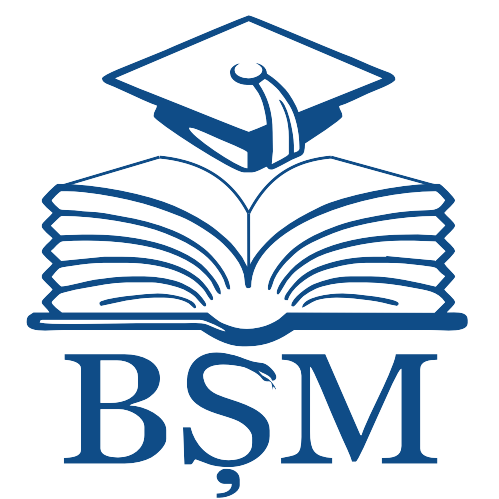| DC Field | Value | Language |
|---|
| dc.contributor.author | Vakkayil, Muhammad Ismayil | - |
| dc.contributor.author | Kusturova, Anna | - |
| dc.date.accessioned | 2025-02-06T12:13:06Z | - |
| dc.date.available | 2025-02-06T12:13:06Z | - |
| dc.date.issued | 2024 | - |
| dc.identifier.citation | VAKKAYIL, Muhammad Ismayil; KUSTUROVA, Anna. The evaluation of students facing “Text neck syndrome” due to increased use of electronic devices in day-to-day life. In: Revista de Ştiinţe ale Sănătăţii din Moldova = Moldovan Journal of Health Sciences. 2024, vol. 11, Nr. 3, anexa 2, p. 617. ISSN 2345-1467. | en_US |
| dc.identifier.issn | 2345-1467 | - |
| dc.identifier.uri | https://cercetare.usmf.md/sites/default/files/inline-files/MJHS_11_3_2024_anexa2__site.pdf | - |
| dc.identifier.uri | https://repository.usmf.md/handle/20.500.12710/30000 | - |
| dc.description.abstract | Background. Text neck syndrome refers to a repetitive
stress injury to neck caused by having head in a forwarded
position for extended period. The overuse of smart devices
has become a basic necessity in day-to-day life leading to
health problems. The purpose of the research is to evaluate
the prevalence of Text neck syndrome and postural changes
in students. Material and methods of research. This prospective study included 166 students aged between 18 and
26 who gave their honest opinion on how they felt about
this condition. The students’ data were collected through
an online anonyme survey. The questionnaire consisted of
sections including socio-demographic, smartphone usage,
self-report of text neck posture, musculoskeletal questionnaire-neck component. Results. Out of the 166 students
89(53.6%) were females and 77(46.4%) were males. Cent
percent of students are using smart phone followed by 80%
of them using laptops collaboratively. The purpose of using
smartphones was to study by 95.8% of them and for social media by 94.6% followed by gaming by 53.6%. Around 67%
of them have been using smartphones and 41.6% of them
have had a laptop for more than 5 years. On an average daily basis around 32.5% of them use 5-7 hours and 26.5%
of them by more than 7 hours. About 84.9% of them used
smartphones in sitting position and 69.9% were in laying
on back both are followed by tilted their neck by 30o
forward bending. Around 50% of students had symptoms such
as neck pain, headache, discomfort and 30% with stiffness
in the neck, upper back pain followed by 18.7% without any
symptoms. Treatment: 84% of them were not taking any
kind of medicine and 8% were taking some NSAIDs and analgesics. Conclusions. More than 80% of the participants
experienced neck disorders due to smartphone overuse.
Measures of healthy use of smartphones including postural
education, sport activities, and support devices are recommended. | en_US |
| dc.language.iso | en | en_US |
| dc.publisher | Instituţia Publică Universitatea de Stat de Medicină şi Farmacie „Nicolae Testemiţanu” din Republica Moldova | en_US |
| dc.relation.ispartof | Revista de Ştiinţe ale Sănătăţii din Moldova = Moldovan Journal of Health Sciences | en_US |
| dc.subject | Text Neck Syndrome | en_US |
| dc.subject | smartphones | en_US |
| dc.subject | students | en_US |
| dc.title | The evaluation of students facing “Text neck syndrome” due to increased use of electronic devices in day-to-day life | en_US |
| dc.type | Other | en_US |
| Appears in Collections: | Revista de Științe ale Sănătății din Moldova : Moldovan Journal of Health Sciences 2024 Vol. 11, Issue 2
|


